Changes: A Love Story
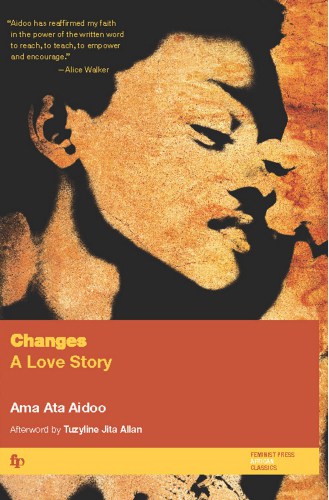
This is a story about modern African women and their frustration at the status quo where women’s rights are concerned. At the heart of the story is Esi, an educated woman, unhappily married woman, and mother. Esi has a good job that provides the bungalow she and her husband Oko live in with their daughter. After Oko rapes Esi in a desperate attempt to remind her of her place, she divorces him and sends her child to live with his mother, essentially freeing herself from the traditional gender roles.
Letter From a Birmingham Jail
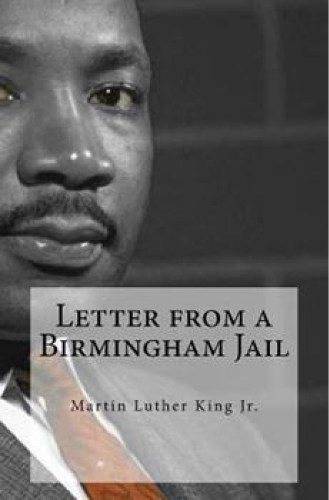
In addition to its transformative impact on the civil rights movement, King’s speech also grapples with a timeless human question: is it just to disobey an unjust law? How do you overcome and end oppression? What in fact is the difference between a just and an unjust law? Is it wrong to fight for what is right if you know it will lead to violence?
Confessions
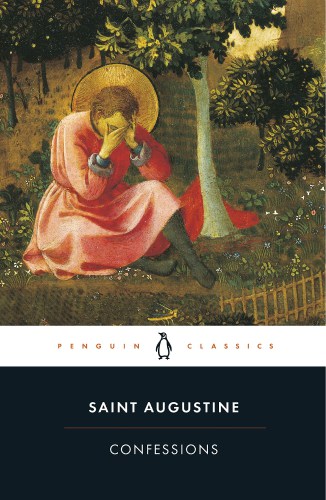
Although much of the narrative of the Confessions happens during Augustine’s time in Italy, this book, so undeniably central to the western canon, is by a writer who was born, grew up, and spent the majority of his career in, Africa. Thus it challenges our conception of where such books originate and our preconceptions about the people who wrote them. It is often called the first autobiography, and presents a remarkable exploration of interiority – questions about the nature of the self, the will, the memory, the intellect, and the soul are central to Augustine’s investigations. Some students are immediately drawn to the beauty of the book as a work of literature, and to the intense self-examination it models.
Dubliners
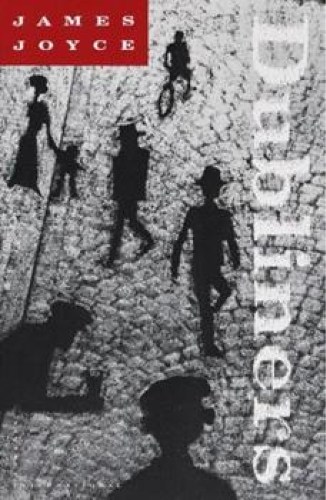
These stories can introduce students to the Joycean epiphany, the moment at the end of the stories when a profound truth gets revealed to the characters. At the end of “A Painful Case,” Mr. Duffy “felt that he was alone.” The boy in “Araby” says, “I saw myself a creature driven and derided by vanity.” The boy’s realization is not so different from Jimmy Doyle’s realization of his “folly” at the end of “After the Race,” Little Chandler’s shame and remorse at the end of “A Little Cloud” as he sees the hatred in his wife’s eyes and understands his ineptitude in the domestic life he has chosen over his art, or even Gabriel Conroy’s in “The Dead” seeing himself as “a ludicrous figure, acting as a pennyboy for his aunts, a nervous wellmeaning sentimentalist, orating to vulgarians and idealizing his own clownish lusts, the pitiable fatuous fellow he had caught a glimpse of in the mirror.”
Sappho
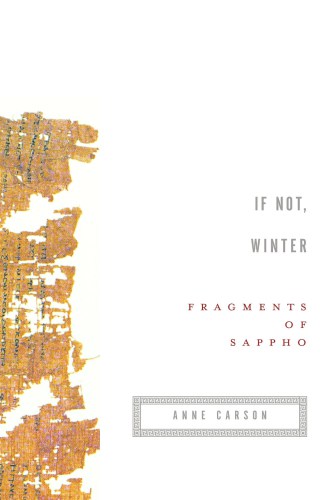
Using Sappho is a way to bring into the classroom themes around beauty, longing, loss and subjectivity. There are a number of ways to approach this text. One way would be to situate students in the middle of the fragmentation and rupture within the poems, as described above, in order to think through the jagged and jarring structure of the text, the ways of not knowing who a speaker is, and the silences that are in many ways louder than the actual words on the page.

